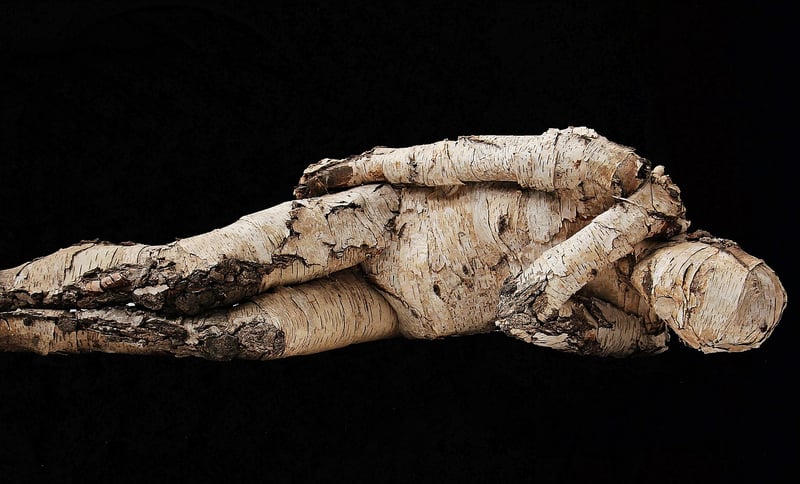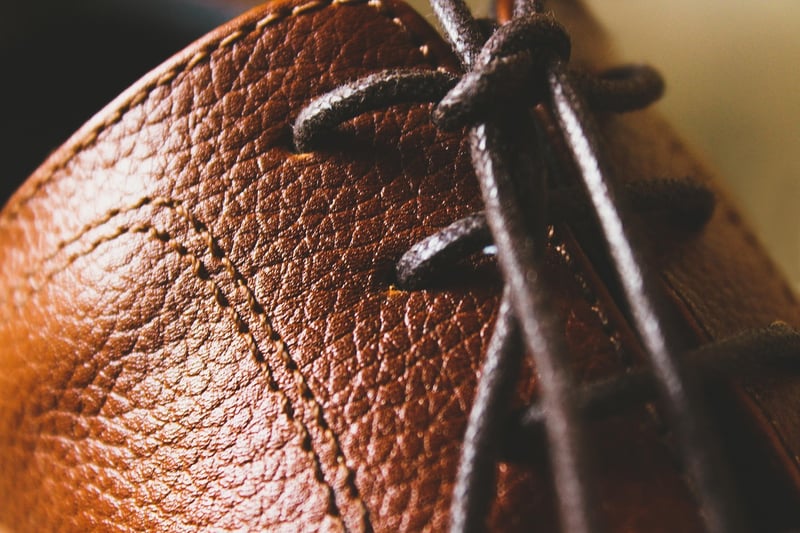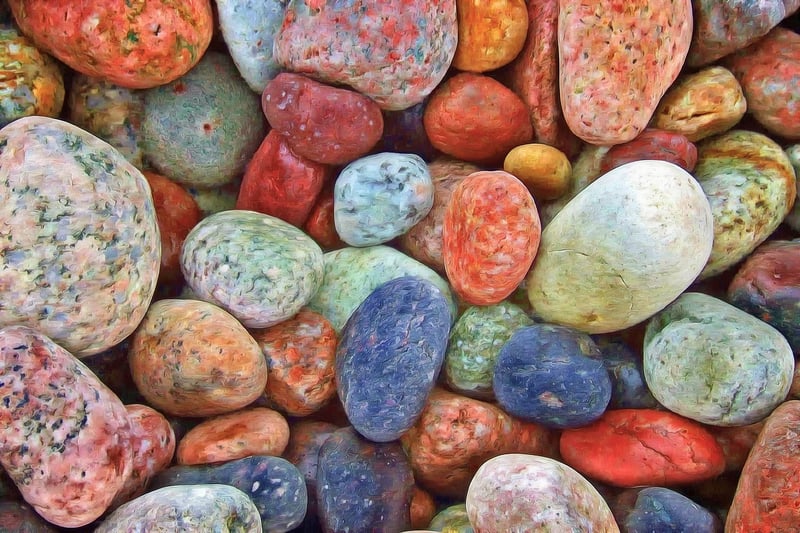Texture Variety
Creating Visually Appealing Setups with Texture Variety
When it comes to designing a space, texture variety plays a fundamental role in creating visually appealing setups that are both engaging and inviting. By incorporating different textures into your design, you can add depth, interest, and character to any room. Whether you're looking to create a cozy living room or a sleek office space, understanding how to use texture effectively can transform your environment. Let's explore some tips on how to achieve this:
1. Mix and Match
Don't be afraid to mix and match textures to create a dynamic look. Combine smooth surfaces with rough ones, such as pairing a plush velvet sofa with a rustic wooden coffee table. The contrast between textures adds visual interest and keeps the space from feeling flat.
2. Layer Textures
Layering different textures is another great way to add depth to your design. Consider adding a chunky knit throw over a leather armchair or placing a shaggy rug on a sleek hardwood floor. These layers create a sense of coziness and warmth in the room.
3. Play with Patterns
Patterns can also add texture to a space. Mix and match different patterns, such as stripes, florals, and geometric prints, to create visual interest. You can use patterned throw pillows, curtains, or rugs to introduce texture and personality into your design.
4. Incorporate Natural Elements
Bringing natural elements into your space is a great way to add texture and warmth. Consider using materials like wood, stone, or plants to introduce organic textures. A wooden accent wall, a stone fireplace, or a collection of potted plants can elevate the look of any room.
5. Pay Attention to Lighting
Lighting can also enhance the textures in your space. Play with different lighting fixtures to create shadows and highlights that accentuate the textures of your furniture and decor. Soft, warm lighting can make textures appear more inviting and cozy.
6. Keep a Neutral Base
When experimenting with texture variety, it's often best to start with a neutral base. Neutral colors like white, beige, or gray provide a versatile backdrop for incorporating different textures. You can then add pops of color and texture through accessories and accent pieces.
By following these tips and incorporating texture variety into your design, you can create visually appealing setups that are both stylish and inviting. Embrace the richness of textures and transform your space into a harmonious environment that reflects your unique style.



Start experimenting with texture variety today and watch your space come to life!
For more design inspiration, check out HGTV.
